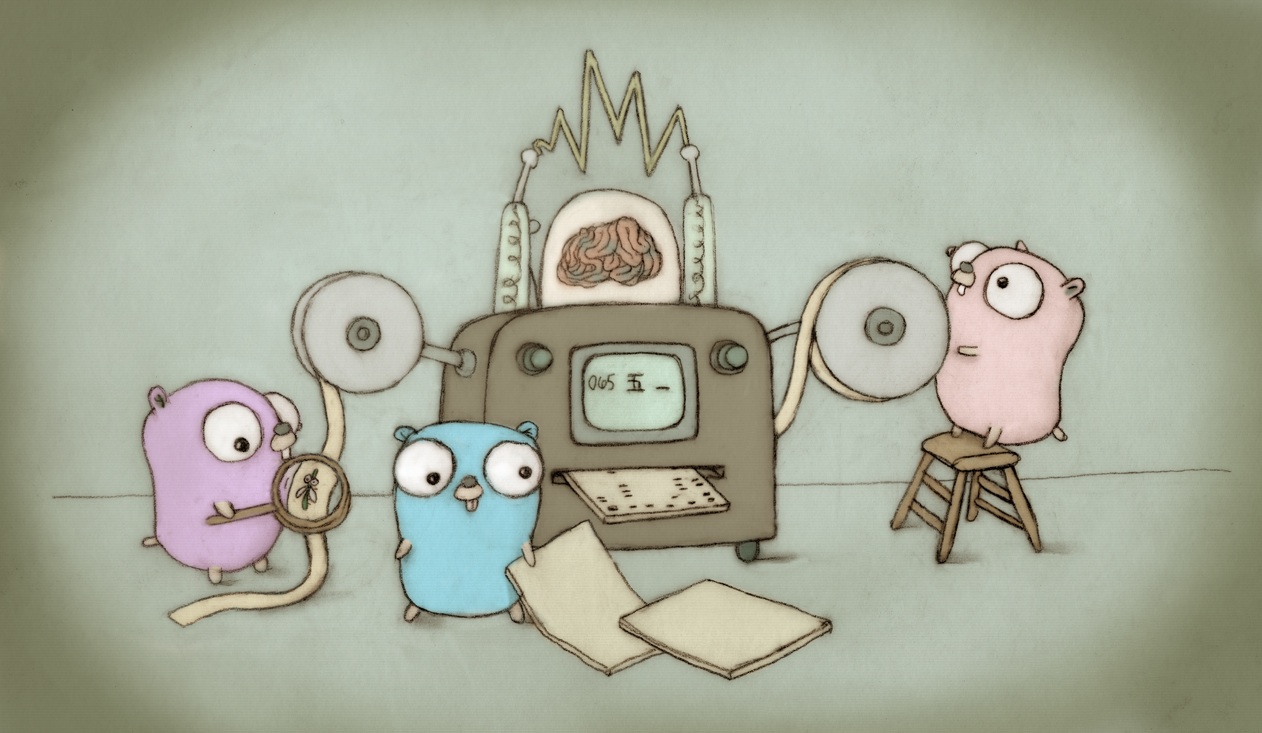Previously, anytime we exported a function or method declaration
(which includes methods for every type transitively exported), we
included the inline function bodies, if any. However, in many cases,
it's impossible (or at least very unlikely) for the importing package
to call the method.
For example:
package p
type T int
func (t T) M() { t.u() }
func (t T) u() {}
func (t T) v() {}
T.M and T.u are inlineable, and they're both reachable through calls
to T.M, which is exported. However, t.v is also inlineable, but cannot
be reached.
Exception: if p.T is embedded in another type q.U, p.T.v will be
promoted to q.U.v, and the generated wrapper function could have
inlined the call to p.T.v. However, in practice, this doesn't happen,
and a missed inlining opportunity doesn't affect correctness.
To implement this, this CL introduces an extra flood fill pass before
exporting to mark inline bodies that are actually reachable, so the
exporter can skip over methods like t.v.
This reduces Kubernetes build time (as measured by "time go build -a
k8s.io/kubernetes/cmd/...") on an HP Z620 measurably:
== before ==
real 0m44.658s
user 11m19.136s
sys 0m53.844s
== after ==
real 0m41.702s
user 10m29.732s
sys 0m50.908s
It also significantly cuts down the cost of enabling mid-stack
inlining (-l=4):
== before (-l=4) ==
real 1m19.236s
user 20m6.528s
sys 1m17.328s
== after (-l=4) ==
real 0m59.100s
user 13m12.808s
sys 0m58.776s
Updates #19348.
Change-Id: Iade58233ca42af823a1630517a53848b5d3c7a7e
Reviewed-on: https://go-review.googlesource.com/74110
Run-TryBot: Matthew Dempsky <mdempsky@google.com>
TryBot-Result: Gobot Gobot <gobot@golang.org>
Reviewed-by: Robert Griesemer <gri@golang.org>
|
||
|---|---|---|
| .github | ||
| api | ||
| doc | ||
| lib/time | ||
| misc | ||
| src | ||
| test | ||
| .gitattributes | ||
| .gitignore | ||
| AUTHORS | ||
| CONTRIBUTING.md | ||
| CONTRIBUTORS | ||
| favicon.ico | ||
| LICENSE | ||
| PATENTS | ||
| README.md | ||
| robots.txt | ||
The Go Programming Language
Go is an open source programming language that makes it easy to build simple, reliable, and efficient software.
 Gopher image by Renee French, licensed under Creative Commons 3.0 Attributions license.
Gopher image by Renee French, licensed under Creative Commons 3.0 Attributions license.
Our canonical Git repository is located at https://go.googlesource.com/go. There is a mirror of the repository at https://github.com/golang/go.
Unless otherwise noted, the Go source files are distributed under the BSD-style license found in the LICENSE file.
Download and Install
Binary Distributions
Official binary distributions are available at https://golang.org/dl/.
After downloading a binary release, visit https://golang.org/doc/install or load doc/install.html in your web browser for installation instructions.
Install From Source
If a binary distribution is not available for your combination of operating system and architecture, visit https://golang.org/doc/install/source or load doc/install-source.html in your web browser for source installation instructions.
Contributing
Go is the work of hundreds of contributors. We appreciate your help!
To contribute, please read the contribution guidelines: https://golang.org/doc/contribute.html
Note that the Go project does not use GitHub pull requests, and that we use the issue tracker for bug reports and proposals only. See https://golang.org/wiki/Questions for a list of places to ask questions about the Go language.